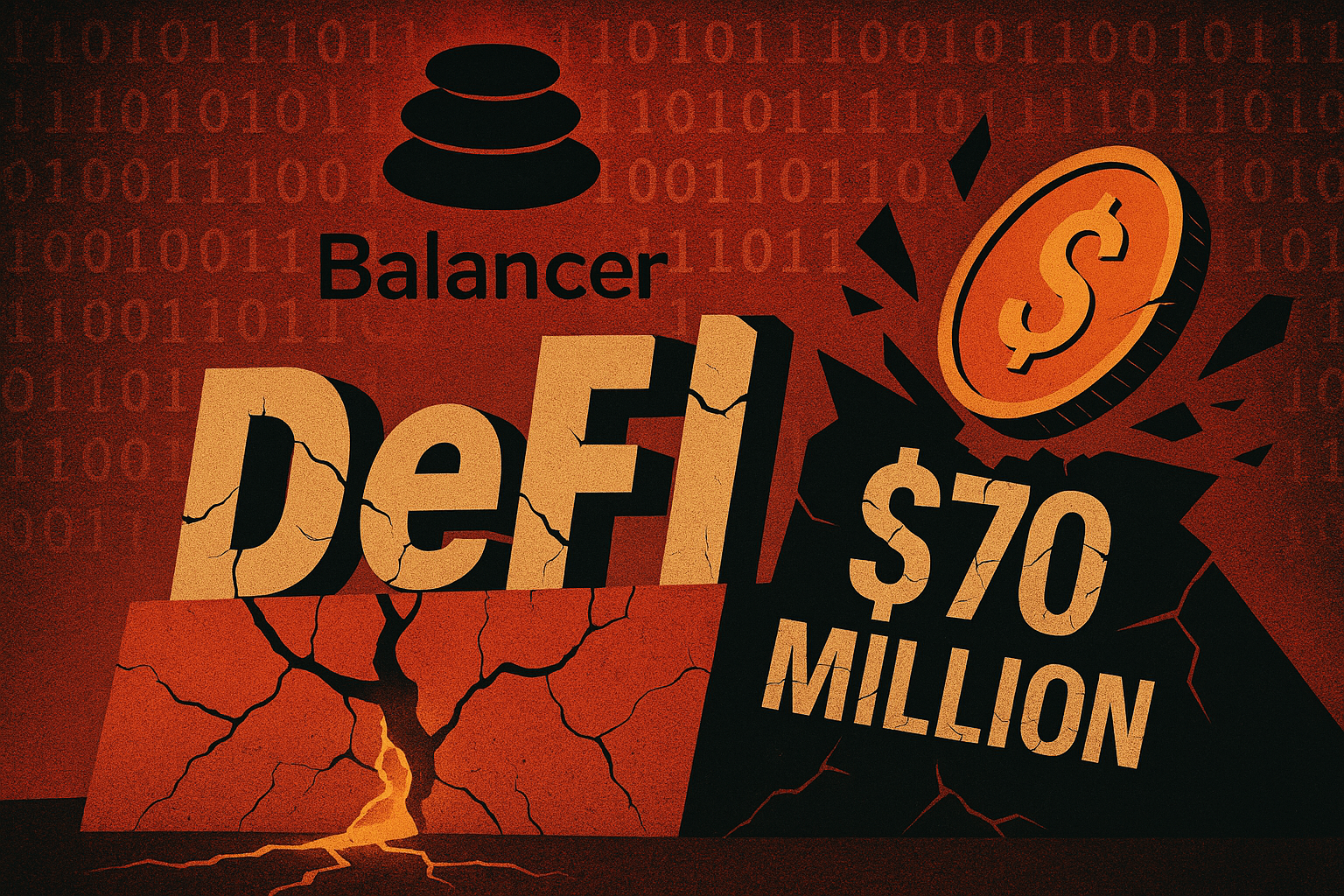
Balancer Suffers $70 Million Cyber Breach: A Deep Dive
The world of decentralized finance (DeFi) has faced yet another shock with the recent $70 million breach of Balancer, one of Ethereum’s most popular decentralized exchanges. This incident not only highlights vulnerabilities in DeFi systems but also reignites discussions around security, transparency, and systemic flaws in blockchain networks.
The Breakdown of Events
Blockchain records on Etherscan reveal that $70.9 million in digital assets were drained from Balancer’s liquidity pools in a series of coordinated attacks. Key assets affected included StakeWise Staked Ether (OSETH), Wrapped Ether (WETH), and Lido Staked Ether (wSTETH). Reports from blockchain analytics firm Nansen indicate these assets were transferred to a newly-created wallet in three transactions.
While the specific mechanism for the breach is under investigation, initial insights from security firm Cyvers suggest that vulnerabilities in smart-contract configurations or inter-protocol liquidity flows may have been exploited.
Recurring Challenges for Balancer
This is not Balancer’s first encounter with cyber threats. In September 2023, the platform experienced a phishing attack via a domain name system (DNS) hijack, resulting in the theft of $238,000 worth of user funds. Just a month earlier, in August, a stablecoin exploit drained nearly $1 million, raising critical concerns about the protocol’s safeguards.
These frequent incidents underscore a key paradox of DeFi: while permissionless access and immutable smart contracts foster innovation, they also present significant security risks. Unlike centralized exchanges, DeFi platforms cannot reverse transactions, meaning losses are often permanent and unrecoverable, further dissuading institutional participation.
The Broader Impact on Decentralized Finance
The Balancer case exemplifies how interconnected DeFi systems amplify risks. As protocols integrate through shared token standards, cross-chain bridges, and composable contracts, vulnerabilities in one platform can cascade into ecosystem-wide financial exposure.
In response to these challenges, some DeFi projects are adopting decentralized insurance pools, formal verification tools, and enhanced audit frameworks. However, consistency in applying these measures remains a challenge. Without uniform standards, the overall trust in DeFi as a finance model could waver.
What This Means for DeFi Users
For DeFi users, the Balancer breach serves as a reminder to exercise caution. Investing in hardware wallets like the Ledger Nano X for secure asset storage and staying updated on contract vulnerabilities can significantly reduce risks when using decentralized platforms.
The Future of DeFi Security
The challenges facing DeFi platforms like Balancer highlight the race between innovation and security. As the ecosystem evolves, the introduction of proactive monitoring systems, coordinated defenses, and stronger regulatory frameworks could shape the future of decentralized finance, fostering trust and adoption.



